Book the tour
14 Days Everest Base Camp Trek
What to Expect on the Everest Base Camp Trek
Acclimatization at Namche Bazaar
FAQ’S
Is the 14 Days Everest Base Camp Trek Right for You?
How to Prepare for Your Trek
Best Time to Trek Everest Base Camp
Important Note on Altitude and Safety
Optional Activities in Kathmandu
Additional information
| Fitness | Beginner- Intermediate |
|---|
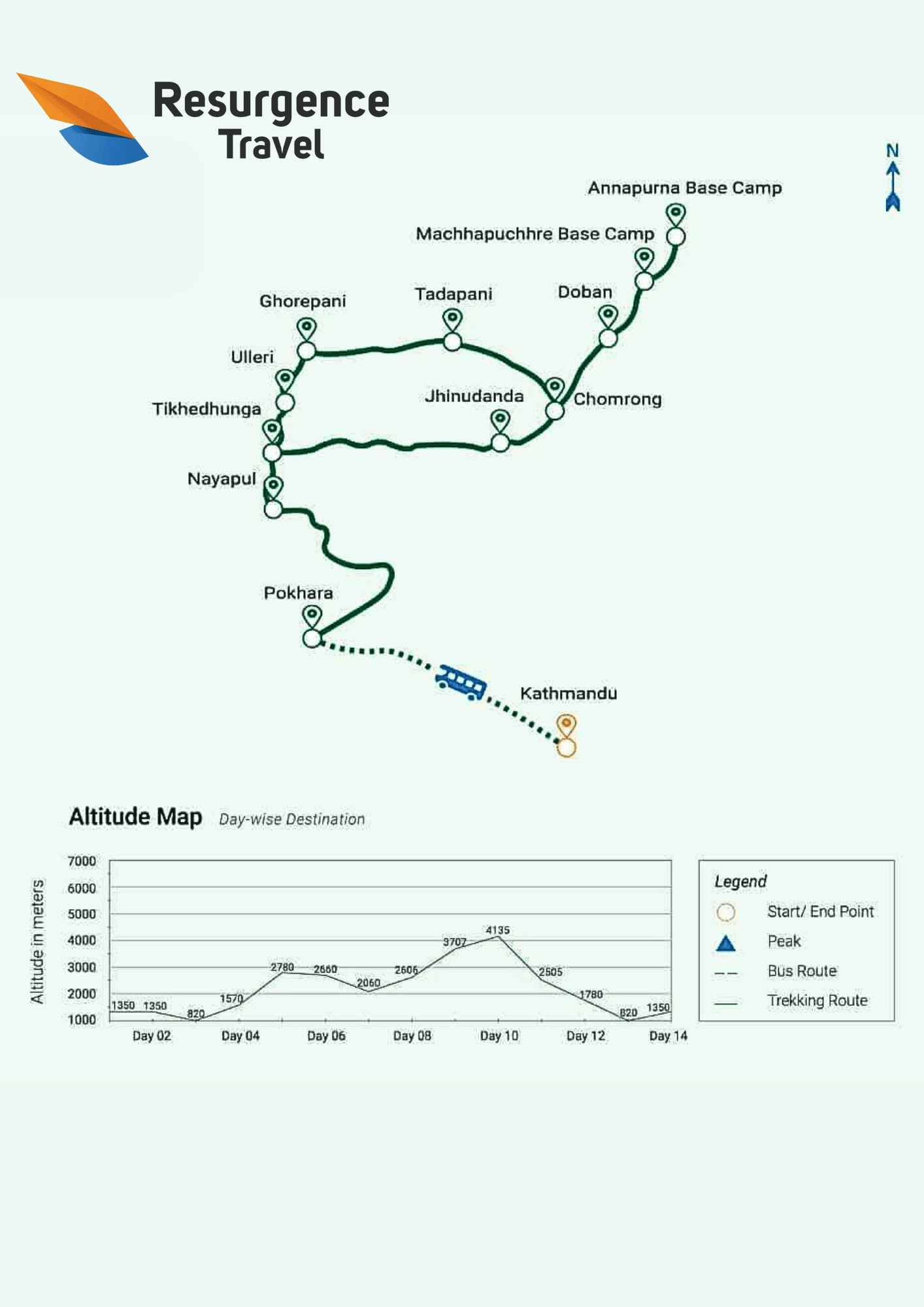
Customized Everest Base Camp Trek Services
At Resurgence Travel, we specialize in providing customized and tailored itineraries to meet your specific needs for the Everest Base Camp Trek. Whether you’re looking for a complete trekking experience or individual services, we have you covered.
- Tailored Itineraries: We design personalized trekking plans that cater to your adventure preferences.
- Guide and Porter Services: Enjoy the 14-day Everest Base Camp Trek with our professional guide and porter-only service for a seamless experience.
- Accommodation Options: Choose from comfortable lodge accommodations with electric blankets and private attached bathrooms, or let us arrange 4-star or 5-star hotel facilities based on your needs. We also offer affordable hostels if required.
- Flight Arrangements: We provide flight tickets from Kathmandu to Lukla and back, as well as flight services from Ramechhap to Lukla. Starting from October 1st, 2023, flights will take place from Ramechhap, which requires a 3-4 hour drive from Kathmandu.
- Vehicle Services: If you prefer driving, we can arrange transportation from Kathmandu to Ramechhap and back.
- Helicopter Transfers: For a unique experience, we also facilitate helicopter returns to Kathmandu or Lukla based on your requirements.
Traveling to Ramechhap for Your Flight
When driving to Ramechhap for your Lukla flight, keep these tips in mind:
- Private Vehicle: A personal vehicle from Kathmandu to Ramechhap takes around 3 hours. The car will pick you up at your hotel or designated location.
- Shared Bus or Coaster: If you opt for a shared bus or coaster, you’ll need to meet at the bus stop with other trekkers. The bus departs once everyone arrives.
Useful Tips for Female Trekkers
- Period Monitoring: Ladies should keep track of their menstrual cycles. It’s advisable to carry two packs of sanitary pads to ensure comfort during the trek.
- Cramps: Cold weather can lead to cramps, so don’t hesitate to inform your guide and bring pain relief medications if necessary.
Suggested Equipment List
To ensure a comfortable trek, please consider bringing the following gear:
- Duffel/Rucksack Bag: (We provide a complimentary Trekking Planner duffel bag to be returned after the trip.)
- Day Pack
- Trekking Shoes
- Sports Shoes or Sandals
- Sun Hat/Cap
- Warm Woolen Cap
- Warm Fleece Jacket or Puffy Jacket
- Waterproof Gore-Tex Layer
- Pullover or Warm Sweater
- Raincoat
- 4/5 Pairs of Good Quality Socks
- Hand Gloves
- 2/3 Pairs of Trekking Trousers
- 3/4 Pairs of Trekking Shirts
- 3/4 Pairs of Underwear (non-cotton preferred)
- Sunglasses
- Water Bottle
- 4-Season Sleeping Bag (optional, we can provide one if needed)
- Flashlight or Torch Light
- Camera and Batteries
What’s Included
If you are an Indian passport holder the package cost for the Everest Base Camp trek will be INR 86500.00 per person.
- All airport pick up and drop off by private vehicle (for both international and domestic flights).
- Welcome, and farewell dinners in an authentic restaurant.
- Two-night twin/double occupancy deluxe accommodation with breakfast at a three-star hotel in Kathmandu (Hotel Moonlight/Kathmandu Guest House/Apsara Boutique Hotel).
- Kathmandu to Lukla to Kathmandu flight with airport departure tax.
- National Park entrance fee and Trekkers’ Information Management System( TIMS card).
- A highly experienced, helpful, knowledgeable, friendly, English-speaking, well-trained, Government license holding guide. Price includes his salary, food, drinks, accommodation, transport, and insurance.
- Two guests to one porter with their insurance, salary, food, accommodation, and equipment.
- Twin/double occupancy best available lodge accommodation in the mountains during trekking.
- Three meals a day; breakfast, lunch, and dinner, and tea/coffee while trekking.
- One-hour complimentary spa/massage in Kathmandu after the trek.
- First aid kit.
- Trekking Planner’s sleeping bag, down jackets, T-shirt, cap, and duffle bags for porter, city, and trekking route maps – if necessary.
- Arrangement of emergency evacuation service (should have insurance for emergency evacuation and will be paid by your travel insurance company).
- Oximeter to check your pulse oxygen saturation and heart rate twice daily during the trek (very useful to check Altitude Mountain Sickness(AMS) symptoms). This helps ensure your trek is as safe as possible.
- All applicable government and local taxes per the itinerary.
- The sharing bus ride from Kathmandu to Ramechhap for Lukla flight is included both ways.
- Fresh fruits after dinner every night as dessert during the trek.
- Cookies and biscuits during the trek for cookie time after reaching the tea house.
Additional information on the extra services that can be added to this package for Luxury seekers.
- If you want to upgrade the accommodation from a normal lodge to a comfort lodge in the mountain the extra cost will be USD $290.00 per person
- If you want to upgrade the accommodation from 3 stars to 4 stars in the city and normal lodge to a comfort lodge in the mountains the extra cost will be USD $370.00 per person
- If you want to upgrade the accommodation from 3 star to 5 star in the city and normal lodge to a comfort lodge in the mountains the extra cost will be USD $490.00 per person
- If you want to take a private porter the extra cost will be USD $220.00
- If you want to take a sharing helicopter ride from Gorakshep to Lukla the extra cost will be USD $600.00 per person
- If you want to take a helicopter ride from Kathmandu to Lukla or Lukla to Kathmandu the extra cost will be USD $500.00 per person
We provide best-in-class service at the most reasonable and affordable price. Book now, or call Nepal Trekking Planner Mobile at +977-9851071767. We are available 24/7 on What’s App
What’s Excluded
- Your Nepal Visa fees.
- All the International airfare to and from Kathmandu (no need to pay departure tax for international flights).
- Lunch and dinner in Kathmandu.
- Personal travel and health Insurance, Insurance for helicopter evacuation.
- In case of extra nights accommodation, lunch and dinner in the city due to early arrival and late departure as well as early back/return from mountain/trekking (due to any reason) than the given period of the itinerary.
- Your expenses such as ( laundry, baggage charge, phone calls, battery recharge, bar and beverage bill, boiled or bottled water, hot and cold shower, extra porter.. etc).
- Tips to the trekking crews and drivers.
- Extra expenses due to flight delays, strikes, weather conditions, or any event out of our control.
- Taking a private jeep towards Ramechhap will cost extra, but it will be worth it.
Q1. What should I do if I get sick in the middle of the trek?
We have it all covered if in case you get sick in the middle of the trek our guides and helpers will be there to assist you. They are well experienced and trained to take different kinds of precautions and safety measures in this kind of situation. It is best advised to carry medicine called Diamox and consume it if you get acute mountain sickness issues. Also drink lots of water. If your condition doesn’t improve after first aid precautionary measures or if it becomes severe, you will be taken 300m downward from your current position. From there, you can trek again in substitute time according to the rate of your body recovery and the confidence.
Q2. Is my trip departure guaranteed under any kind of circumstances?
Under normal circumstances yes, once you book your trips with us it’s more often than not guaranteed. Even if other trekkers cancel the trek with us we still put you on the trip. Trekking Planner and its name is a guarantee in itself. We are a tailor-made outfit as the numbers never ever hinder our trekking operations. We have solutions for every problem and are committed in providing you with a hassle and stress free holidays of your choice. However situations which are out of control such as a political riot, natural disaster, pandemic, epidemic or weather catastrophes, then it might be cancelled in the worst case. Other than that our trips are 100% guaranteed and always on time.
Q3. Do i get good electricity supply and an uninterrupted WI-FI coverage in the Everest Region?
During your trek on Everest region electricity is available to recharge your phones, laptop, iPads from micro-hydropower and solar panels on a paying basis. As for Wi-Fi, you do get it on your trekking trail journey till Namche. The only two places offering free Wi-Fi are Starbucks coffee in Lukla and Everest Bakery in Namche. Besides that at other places, you need to pay for using internet services, and variation in rates does apply as per the altitude and region.
Q4. Can I make a call en-route to the Everest Base Camp?
Yes, cell phone networks can be found on the trail of Everest Base Camp trek by making use of NCell or NTC networks. However, in certain areas, there may be no coverage at all.
Q5. What is the average group size?
The Everest Base Camp Trek can be done from a minimum of 1 person to a maximum whichever the number of people. The maximum number of people is estimated to be 20 people. But for us we always try to keep the group a bit small. The advantage is that you can enjoy the trek with relative ease and comfort.
The Everest Base Camp Trek can be done from a minimum of 1 person to a maximum whichever the number of people. The maximum number of people is estimated to be 20 people. But for us we always try to keep the group a bit small. The advantage is that you can enjoy the trek with relative ease and comfort.
Q6. How can I use toilets during the trekking journey?
Ironically this is one thing which we cannot guarantee you. It is not certain or a compulsion that you will find the toilet in every place that you trek on. So you need to be ready to hide behind large rocks and continue. But in the places where toilets are found, you can use them well. It is better to carry urinal bottles with you for your convenience and safety.
Q7. Can I explore Kathmandu valley before or after Everest Base Camp Trek, is it possible?
To go around the entire cities places of interest in Kathmandu is not possible if you are on a scheduled trekking journey in a limited time frame or in a single day. But yes we take you to the main places like Pashupatinath Temple, Boudhanath stupa , and Swayambhunath temples, and a few others. For exploring the valleys that are beyond the city limits and countryside, you need to plan your trip to Nepal in such a way that you could have spare days in Nepal.
Q8. Can I extend my Everest Base Camp trek do i have any choices?
Yes, you surely can. But we need prior information in details so that we could manage the itinerary as per your requirement.
This is a spur of a moment casualty unpredictable uncertain and unseen if it occurs. We as a trekking planner outfit always have it at the back of our mind and have our preparations in place. If any kind of emergency occurs, the rescue team is called as they are always ready to go. Helicopter rescue service is also provided to prevent immediate damage.
Q10. This is my first time I have never done trekking yet. Can I do it?
Yes, you can do it. It is always wise to train and tone your body before you make it to the Everest Base Camp Trekking. This will help you to work out on your stamina and physical endurance capacity. You can also take part in the hiking and walking programs on a weekly basis, in order to increase your walking speed and make you used to it.
Q11. Which one is better to hire a guide, porter, both or guide cum porter?
For your convenience and managing your cost the best is to hire a guide cum porter. If you are with him/her you can enjoy the trek efficiently and your cost will also be minimal. S/he will show you the path as well as aid you in carrying your heavy stuff.
Q12. How much cash should I take with me to Everest Base Camp Trek?
Since you are going on a package, the amount that is required to be taken extra depends upon how much you go extra than the package, for example, extra dishes, cold drinks, beverages, bottles of water, and other extra stuff. So it depends on how much further you go, and carrying an extra 10–15 dollars per day would be more than enough.
Q13. How many days does it take to reach Everest base camp?
There are plenty of ways of reaching the Everest Base Camp. It ranges from a brisk luxury heli tour of 1 day, to a shortened 5 days, 12 days, and 14 days to the maximum of 28 days. The onus is on you to pick anyone of these which best suits your time and purpose. Trekking Planner has one of the best tailor made flexible itineraries that allows you to enjoy the beautiful panorama in and around the Base Camp trekking circuit.
Q14. Can I trek in the months of June, July, and August?
The slated months of June, July, and August, are the monsoon season. So, the rainfall can hinder your trekking plans. Also the paths are slippery and less relevant for hiking as there are high chances of falling apart. You can go for trek in this season in the Everest but it comes with unwanted and unseen risks. Therefore we ideally don’t recommend it for trekking in the monsoon seasons. However if want to try something different and out of the box at your own calculated risk and confidence then we don’t mind taking you on a trek
Q15. What are the best months to go for trekking in the Everest Base Camp Region?
The best seasons to trek to Everest are February, March, April, May, September, October, and November. In these months the weather remains clear with familiar blue skies. You can get uninterrupted panoramic views at a stretch of few metres at each twist and turns. You get to encounter exotic flora and fauna along with vast and unpredictable landscapes and ecosystems. Besides that you can also have the best snowy experience as there are chances of snowfall too for you to observer if luck is on your side.
Q16. What kinds of clothes and gear are needed?
Clothes and gears are always vital and hold a thin line between success and failure. So, it is very important to pack the bags with needed stuff. Some major clothes and gears needed are trekking poles, socks, shoes, boots, gloves, hats and scarfs, and so forth. For further information, you can check our Suggested Equipment Checklist for information in details.
Q17. Can I cancel the trip if I book it once?
Yes, you can however conditions do apply. For instance if you cancel the trip in 60 days remaining for the trip, your full amount will be refunded. If you cancel the trip in the 30 days remaining for the trip, 25% of full amount will the refunded
But if you cancel the trekking trip in a week or less, your money will not be refunded as per the companies’ policy.
Q18. How can I join the group for trekking in the Everest Base Camp region?
We have plenty of choices for Everest base camp trekking. It can be done both individually and in a group. For a group trek, you first need to make a group. You can make your own group from your country involving your friends, family, relatives and other known people. Once decided let us know and inform us about that so that we can give you the best possible services according to that. If somehow you are not able to form your own group then, you can simply contact us and we will place you in the group with others.
Q19. Do I have a luxury trek option while doing the 14 Days best short Everest Base Camp Trekking?
Yes, with Trekking Planner one always has flexible options of all kinds of adventure seekers. Luxury is one thing that people always vouch out for more often than not. For luxury trek seekers we have a specially designed package Everest base camp luxury lodge trekking’ which provides overall best food and accommodation facilities. This kind of trekking, gives you the opportunity to enjoy the natural majestic environment with great pleasure and ease. To get more details and information, you can check our package Everest Base Camp Luxury Lodge Trekking.
Q20. What is the food and accommodation like on the route to the Everest Base Camp Trek?
While trekking to the Everest Base Camp, we will spend nights at local tea houses and lodges. The accommodations generally are based on twin sharing. Single rooms can also be made available but it for that you will have to pay an extra $200 which is much more expensive. However in some places, single accommodations are not allowed because of less space.
During the entire trek journey, you get to enjoy authentic national and international foods and cuisines. It can be Tibetan, continental, Italian, and Indian. Trying out traditional Nepalese ethnic foods are mind-blowing for your taste buds just for a difference. You can also enjoy other foods like hot chocolates, drinks of different varieties and slices of bread and snacks. Breakfasts and dinner will be served on the same hotel/tea houses where you spend the night, according to the menu. Lunch will be served on the way where ever it remains suitable. Finally welcome and farewell dinner will be served in Kathmandu in full Nepali style.
Q21. Do i need crampons to climb Everest Base Camp?
No, you will not need crampons for Everest Base Camp trek. You will just need good quality hiking boots and hiking poles for extra support and stability. If you are on a trek during the early spring months of January or February, you might need crampons depending on the intensity of the snowfall in that vicinity.
Q22. Which are the shortest and the best itinerary to pick for the Everest Base Camp Trek?
The shortest and the best itinerary for Everest Base Camp is the Everest Base Camp 12 days trek. Besides that if you are really cramped up for then a helicopter tour is the best one to get a bird’s eye view of the region. Getting to step down in the base camp in just 4 hours of flight by helicopter is rewarding. The other option you have is to trek all the way to Gorakshep and take a helicopter ride from there and back to Lukla or Kathmandu.
Q23. Where is the Everest Base Camp Region located?
The Everest Base Camp trekking trail region is located in the Solukhumbu district in Nepal. It is within the Everest region.
Q24. What is the altitude of Everest Base Camp?
The altitude of Everest Base Camp reaches up to 5,364 meters / 17,598 feet on the South Face. The ascent to Everest Base Camp via south begins with a trek from Lukla through Namche Bazaar. Trekkers usually fly to Lukla and then begin their trek.

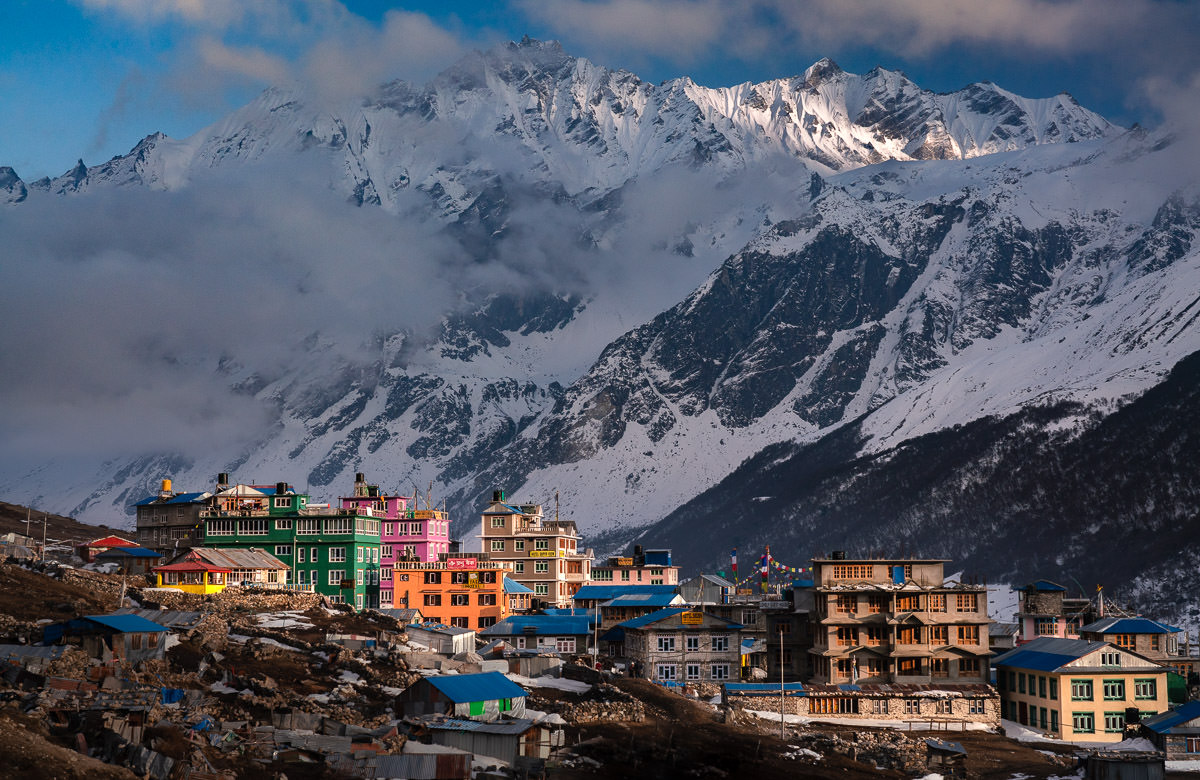
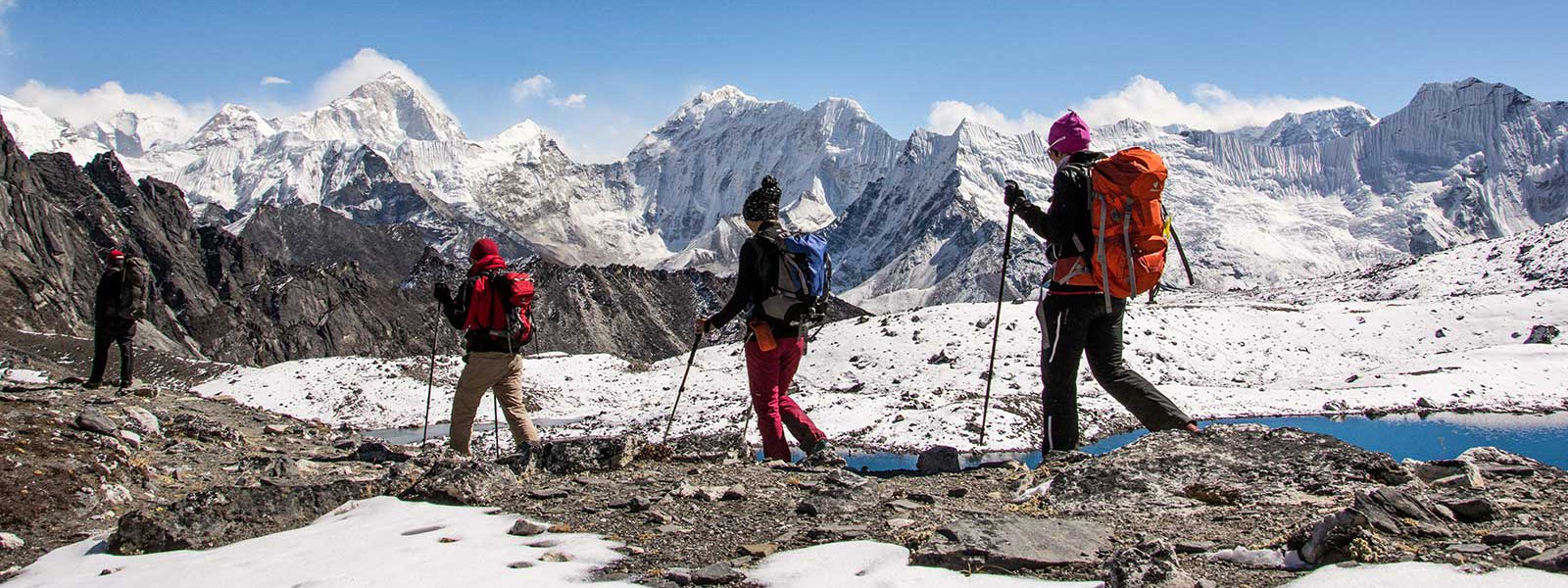

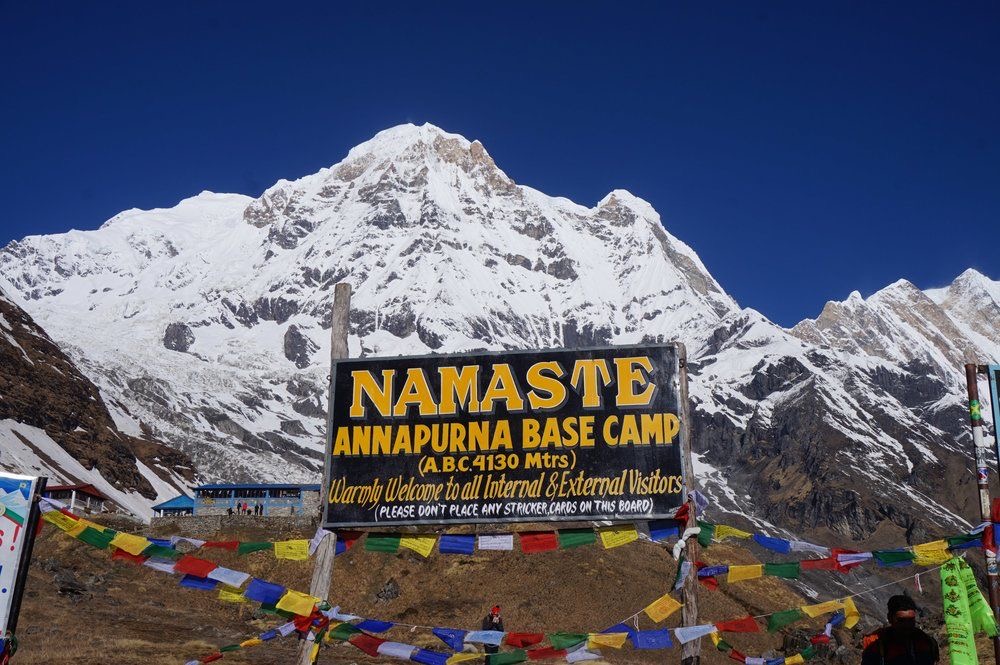
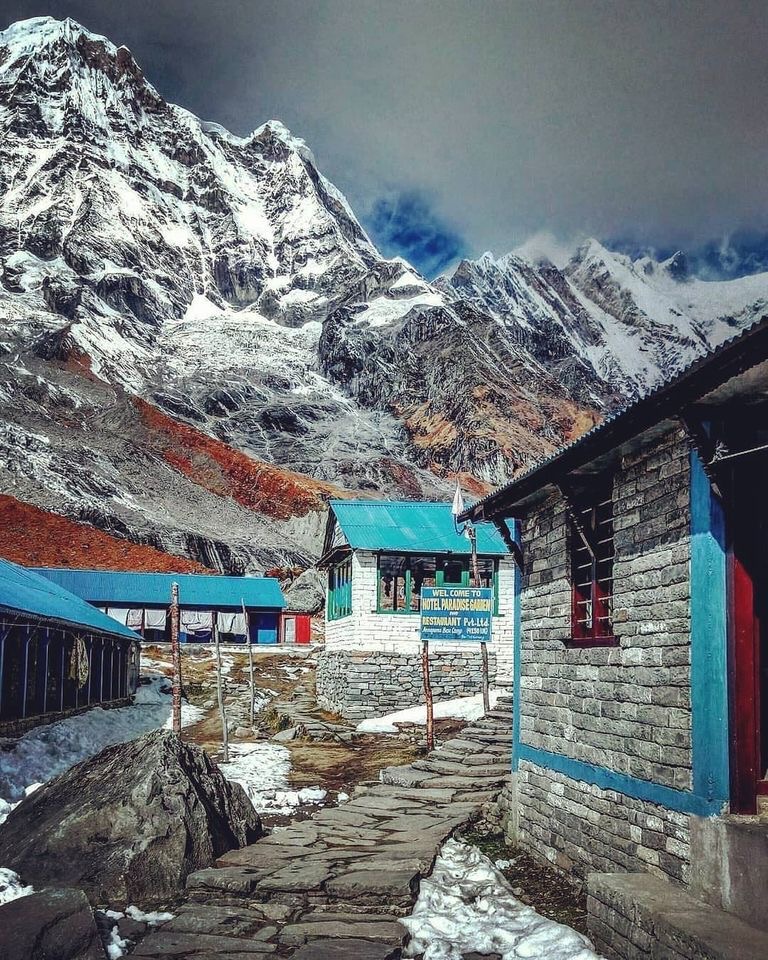
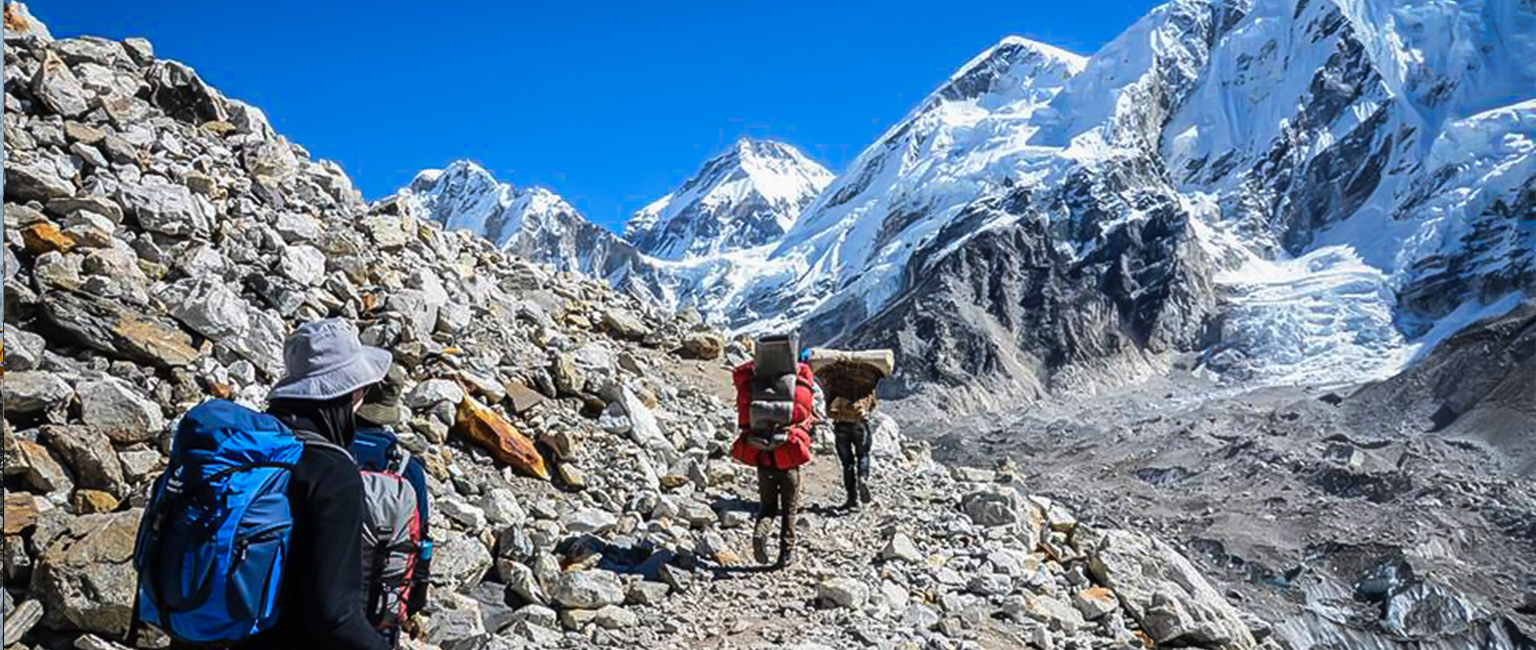

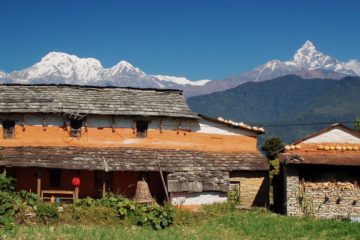
Tour Reviews
There are no reviews yet.
Leave a Review